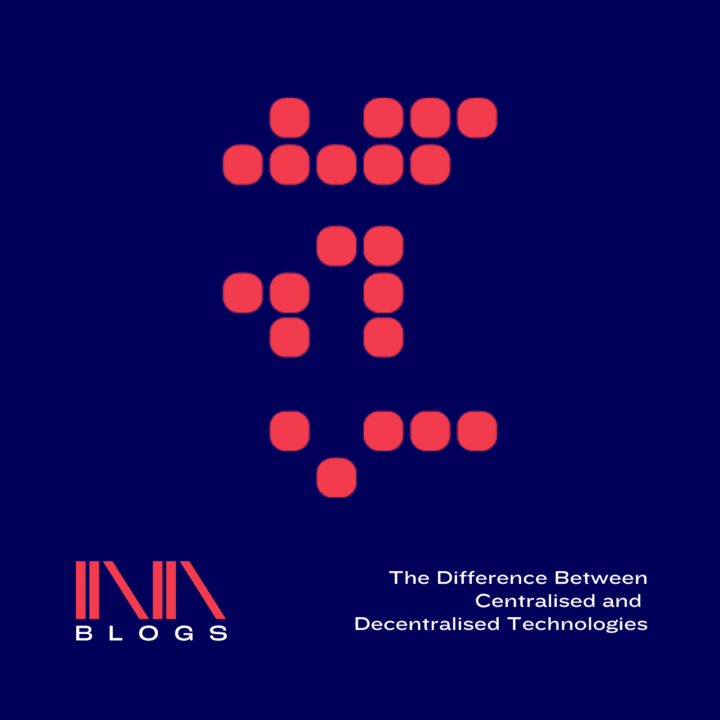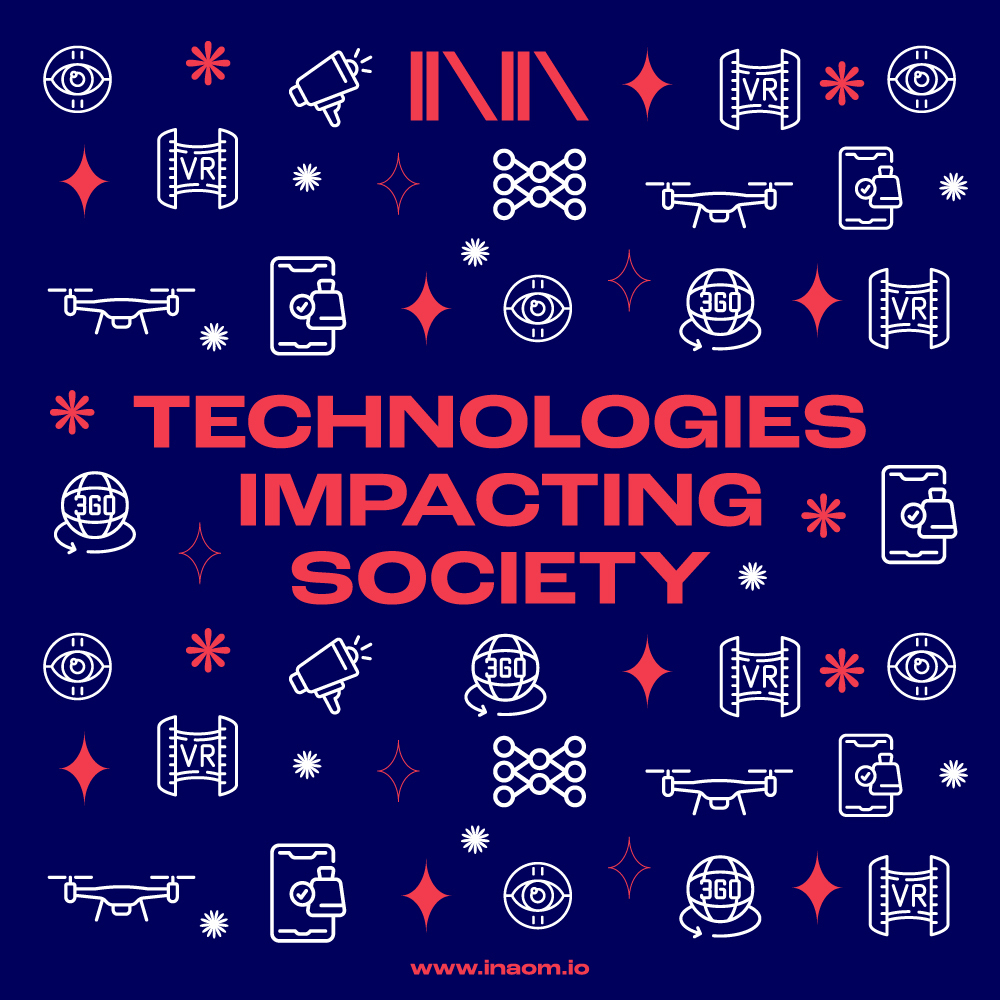
Drones are rapidly gaining popularity in various industries. From agriculture to infrastructure maintenance, these unmanned aerial vehicles have proved to be efficient and effective in performing various tasks. The future of drones is bright, and advancements in artificial intelligence (AI) are expected to push their limits even further. In this blog post we will discuss the role of drones as part of the fourth industrial revolution in detail.
Improving Crop Yields and Infrastructure Maintenance
Drones have been deployed in agriculture to help improve crop yields. Equipped with sensors and cameras, they can monitor crop growth and identify areas that need attention. Farmers can then take action to address the issues, resulting in increased yields and reduced costs.
In infrastructure maintenance, drones are used to inspect power lines, pipelines, and wind turbines, saving hours of time and preventing workers from potentially dangerous conditions. Drone imaging and AI-enabled data processing can identify problems, which can be resolved before they escalate.
Efficient Package Delivery
Drones have the potential to revolutionise package delivery, making it more efficient and faster. Already, some parts of the world are relying on drones for routine package delivery. Companies like Wing, Skydio, and Matternet have developed drones that can avoid obstacles, laying the foundation for routine autonomous operation. However, airspace integration issues need to be resolved before larger drones can be deployed for civilian use.
The Role of AI in Drone Flight Operations and Data Analysis
AI has played a significant role in enabling drone flight operations and data analysis. Algorithms can navigate and turn data into knowledge. AI is already helping small drones to operate without direct human control, and advances in AI should open new doors for drone applications in the future.
Autonomous machines should eventually be able to make their own decisions about flight planning and navigation, which could lead to the safe integration of drones into manned aircraft airspace. However, we need to develop AI-enabled air traffic control systems to enable safe coordination between the two.
AI-enabled drone flights and data processing can provide valuable insights into various industries. Farmers can identify problems with crops, and do infrastructure inspections more efficiently. But, we need regulatory changes relating to aircraft certification, product liability, and privacy protection to successfully incorporate AI into drone operations.
Conclusion
The future of drones is bright, and expects that advancements in AI will push their limits even further. From agriculture to infrastructure maintenance and package delivery, drones have the potential to revolutionise various industries. We need to address the challenges of airspace integration and regulatory changes to safely integrate drones into manned aircraft airspace. Nevertheless, the possibilities for drones and AI are limitless, and the Fourth Industrial Revolution is only just beginning.
Frequently Asked Questions (FAQs)
How are drones contributing to agriculture?
Drones equipped with specialised cameras and sensors are revolutionising agriculture by providing real-time insights into crop health, enabling precision farming practices.
Can drones be used for more than just aerial photography?
Absolutely! Drones have diverse applications, including surveying, mapping, search and rescue, delivery, and even entertainment in filmmaking.
What challenges do drones face in terms of regulations?
The complex regulatory landscape for drones requires navigating issues of airspace management, privacy concerns, and safety regulations to achieve their widespread adoption.
How are drones enhancing search and rescue operations?
Equipped with thermal cameras and sensors, drones can quickly locate missing individuals and assess disaster-stricken areas, expediting search and rescue operations and ensuring responder safety.
Are there limitations to drone technology?
Indeed, there are limitations, such as battery life, range, and adverse weather conditions that can affect drone performance and usage.
How are industries adapting to the drone revolution?
Industries are adapting by integrating drones into their operations for increased efficiency, cost reduction, and access to data and perspectives that were previously unattainable.










